8. The Dead Zone by David Cronenberg (1983)
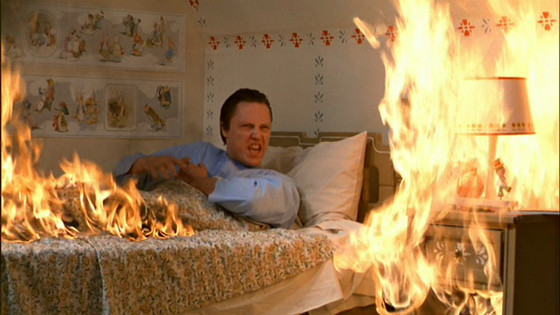
David Cronenberg, the Canadian film auteur, has made a wide range of interesting and intellectually challenging films like “The Fly”, “Crash”, “A History of Violence” and “Cosmopolis”. One of his earlier and less known efforts is “The Dead Zone”, adapted from a Stephen King novel.
It tells the story of John Smith, a young teacher who finds himself equipped with telepathic powers after an accident followed by a five-year coma. The film shows the challenges afflicting Johnny through that supernatural ability that allows him to see in the past and the future, and the personal struggle of moral consciousness he has to face: Should one, or should one not interfere with the course of history, if given the power to do so?
“The Dead Zone” is an enjoyable film as well, with a melancholic undertone and a great soundtrack; it marks one of the first cinematic departures for Cronenberg from his familiar body horror subjects, and toward the more philosophical exploration of psychological topics that identify his work of the last two decades.
7. Manhunter by Michael Mann (1986)
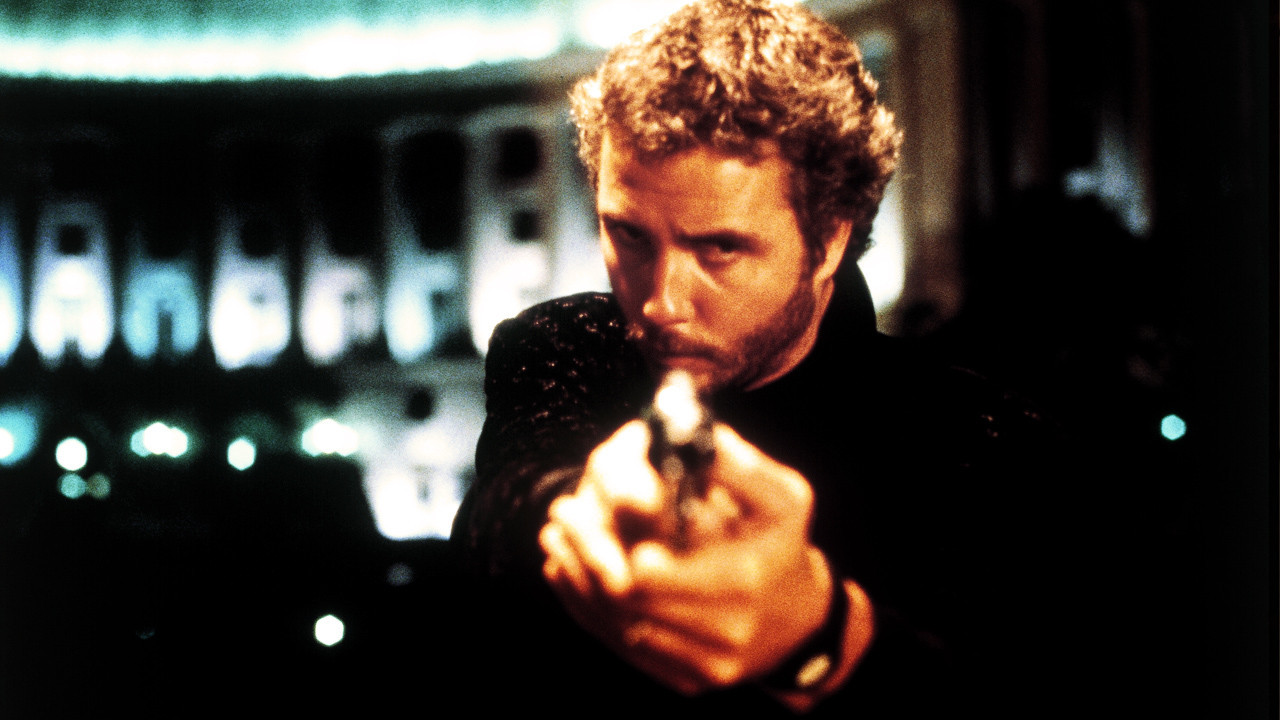
Although his commercial breakthrough came quite late (with the 1995 film “Heat”), Michael Mann, the “action poet”, started to make good films as early as in the 80s. One of those fine achievements is “Manhunter” from 1986 (the 2002 remake “Red Dragon” was much more successful), being the first installment of the ‘Hannibal Lecter franchise.’
We see Brian Cox here instead of Anthony Hopkins, but “Manhunter” is mostly impressive through its beautifully shot pictures, the brilliant cinematography, the soundtrack, and the atmosphere created by Mann (all directing trademarks than can be witnessed in his later masterpieces like “The Insider”, “Collateral” or “Miami Vice”).
We can only hope that Mann comes back in that shape after his last two quite disappointing films.
6. The Verdict by Sidney Lumet (1982)
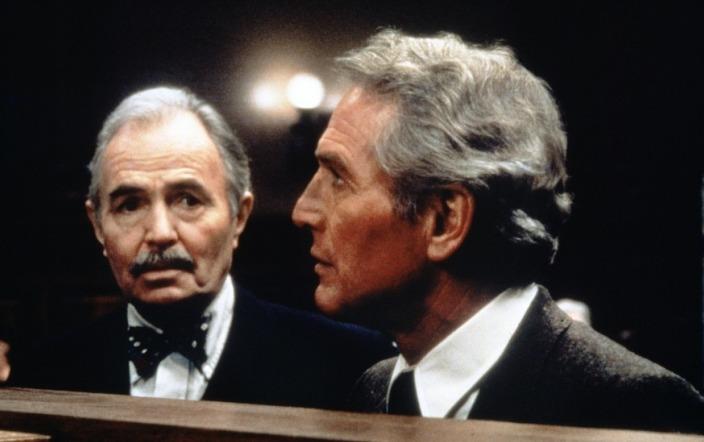
With a film that has no business with all that’s bad about the 80s, Sidney Lumet, once again, tackles one of his favorite subjects: corruption in American society.
Paul Newman, in one of his best roles, stars as Frank Galvin, a down-and-out alcoholic whose career as lawyer has seen better days, and seems to head toward the end. A friend gets him a job as a defender – and it might be his last chance. But suddenly, Frank re-discovers his spirit, his long lost passion for justice, and starts to fight – against his opponents in court, against the system, the indifference of bureaucracy, and last but not least, against his own inner demons.
Lumet, known for his strong and powerful films about heavy subjects (“12 Angry Men”, “Serpico”, “Network”) delivers another fine work. His shabby and gritty realism is sometimes hard to watch – but “that’s life” seems to be what he wants to tell us. Altogether, “The Verdict” is a highly recommendable film, and one of the best courtroom dramas of all time.
5. Year of the Dragon by Michael Cimino (1985)
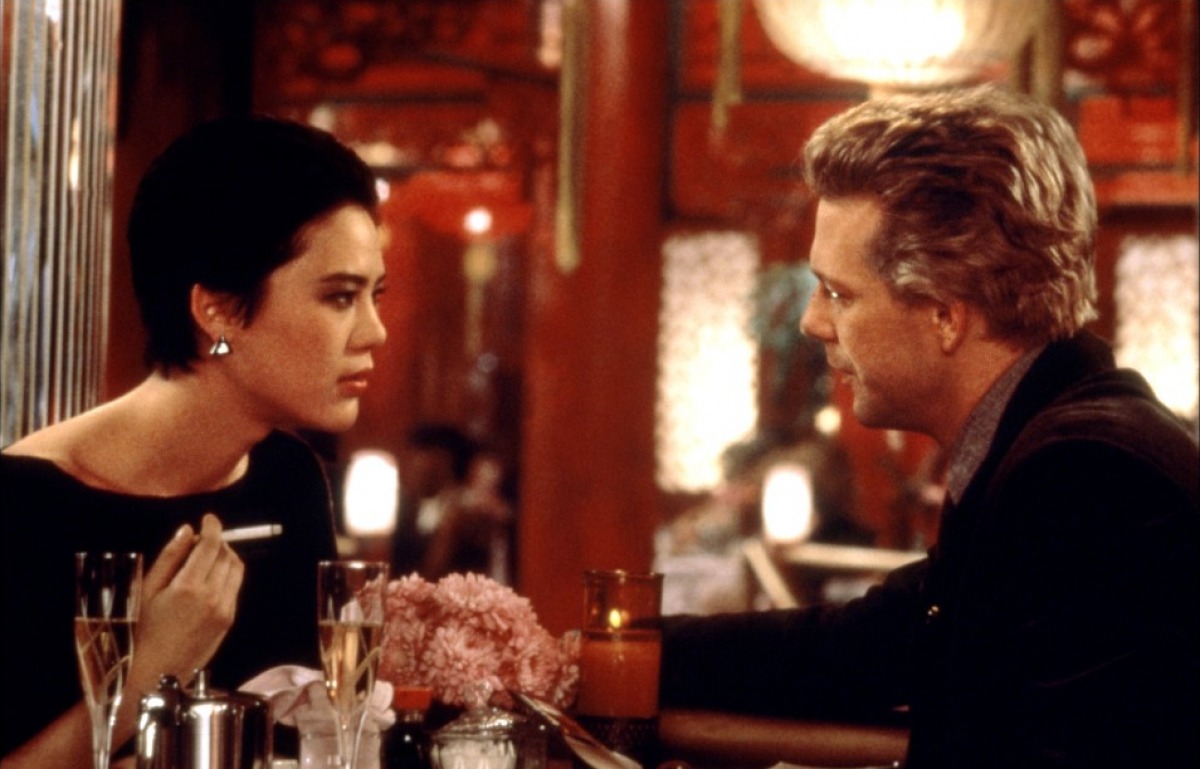
A completely forgotten gem by highly underrated director Michael Cimino (who, forgotten by most, passed away last year), “Year of the Dragon” stars Mickey Rourke, in another of his strong 80’s performances, as Stanley White, a slightly racist cop and Vietnam veteran who wants to erase gang violence in Chinatown.
His good intentions get mixed up with his uncontrolled rage and emotions rooting in his time in Vietnam – and lead to complete chaos and disaster.
This film is worth watching for several reasons. First, it can be considered some kind of a “comeback” for Cimino, who, in between just two years, managed to rise to stardom (“The Deer Hunter”) AND destroy his Hollywood career, an entire film studio, and ended the “New Hollywood” movement (the “Heaven´s Gate” disaster).
Second, it proves that, despite all, Cimino was one of the most talented visual storytellers ever to grace American cinema, and was able to depict whole communities and subcultures in a rich and detailed manner. His style has accurately been described as a “terror of beauty.”
Third, it´s one of the most anarchic and chaotic thrillers of the 80s, maybe of all time, and one that leaves not much more than shattered glass. And, last but not least, if you are a fan of Mickey Rourke, you have to see this one.
4. Blow Out by Brian De Palma (1981)
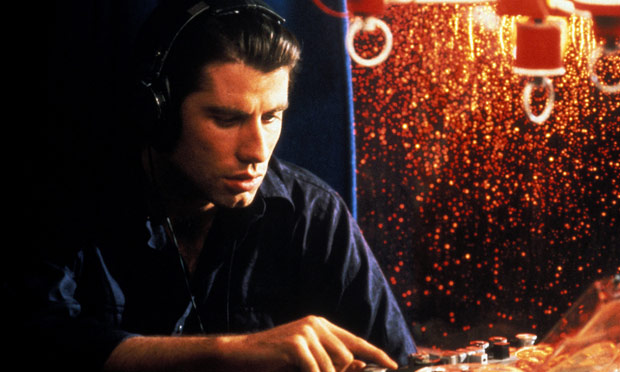
Since his breakthrough “Carrie” in 1976, Brian De Palma has built a successful career as director of dark but sometimes funny films that don’t take themselves too seriously. His focus has always been ‘visual brilliance’ and intelligent plotting, but he has also been confronted with criticism about his films being overly violent or misogynist. Nevertheless, he’s delivered some of the most exciting films of the modern Hollywood era, including classics like “Scarface”, “The Untouchables” and “Mission: Impossible”.
“Blow Out” is one of his less-known, almost forgotten masterpieces, but definitely one of his best films. Starring John Travolta, it takes the plot of Antonioni’s “Blow Up” and turns it into a brilliantly filmed cinematic about – what else? – filmmaking.
De Palma, sometimes rightly so, was criticized for producing beautifully textured artworks lacking true depth, but “Blow Out” proves these critics wrong. It combines a strong and well-written story with solid acting, amazing camera montages – and a devastating, almost melodramatic ending. If you plan to expose yourself to the cinema of Brian De Palma, “Blow Out” is definitely one of the three must-sees.
3. The Color of Money by Martin Scorsese (1986)
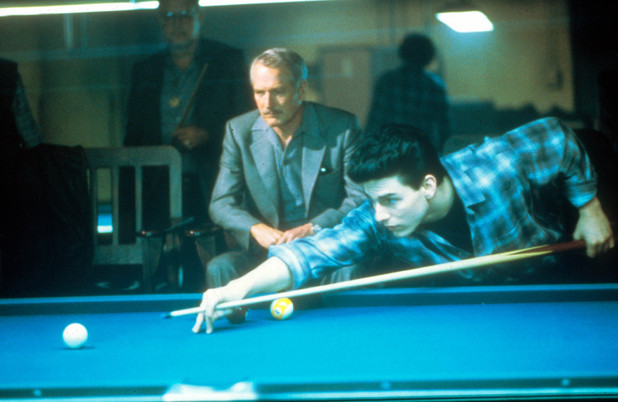
Another rarely known gem by Scorsese that may lack the emotional depth of his other efforts, this film proofs to be highly satisfying. A great cast, led by a young and boisterous Tom Cruise (who shows that he – at least was – a great actor) and a (slightly elder) Paul Newman, an entertaining subject (billiards), a powerful soundtrack, and Scorsese´s typical directing with fast cuts make “The Color of Money” an enjoyable film experience.
It´s kind of a sequel to Robert Rossen´s “The Hustler” from the 1960s, but takes place decades later. Eddie Felson (Newman) has become a self-satisfied older man whose purpose in life now is whiskey, and the company of (younger) women – until Vince (Cruise) enters his life like a thunderstruck. Eddie sees a lot of his younger self in the juvenile and rampant Vince, and suddenly, the old ‘spark’ lights again; he takes Vince and his girlfriend “on the road” through shabby pool halls around the country – to the final, big tournament where the student challenges his teacher.
There are not many films out there that are that intense, uplifting, and which you can watch again, and again, and again.
2. Johnny Handsome by Walter Hill (1989)
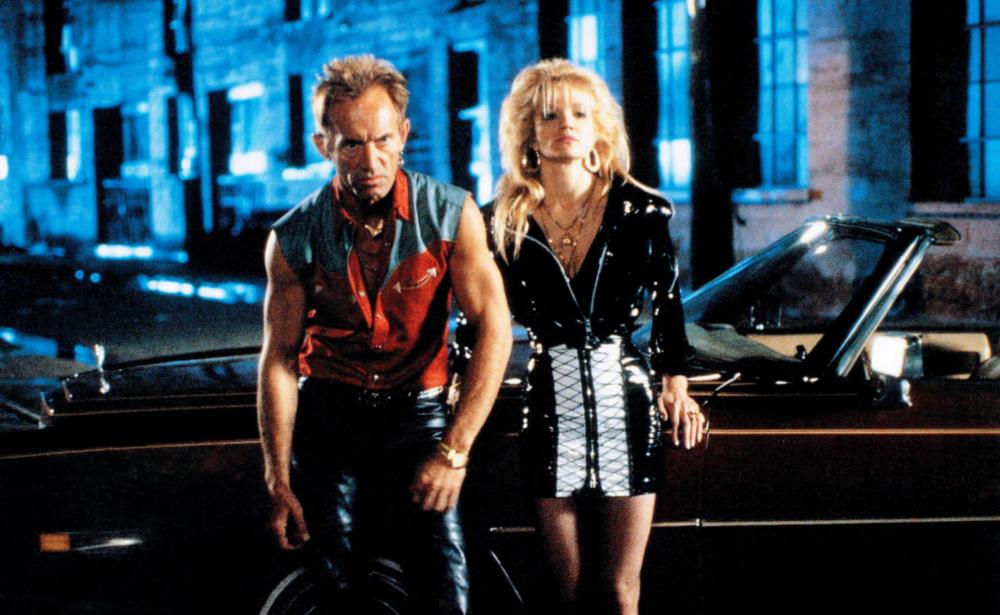
This neo-noir by Walter Hill combines the 80’s style with a plot arranged around classic western themes and characters. Mickey Rourke plays Johnny Handsome, a poor guy who has been born with an unhandsome face through a birth defect. Leading the life of a petty crook in the shadows, shabby bars, and the underground, a dramatic incident offers an unexpected chance for him; after a failed burglary, Johnny ends up in the hospital, where a doctor gives him a new face – and the chance of a new life.
Johnny tries hard, gets a job, even finds a girl – but the odds and the demons of the past are against him…
Considering that Hill is best known as director of manly, macho action films with elaborate stylistics, it is quite surprising he crafted this fine, at times moving and emotional film. It deals with a serious topic: Is it possible to get a ‘second chance’? Can one change his life, if society gives him the opportunity? How heavy is the weight of ‘social heritage’?
“Johnny Handsome” is an aesthetic and exigent film, which every fan of 80’s cinema should have seen.
1. Escape from New York by John Carpenter (1981)
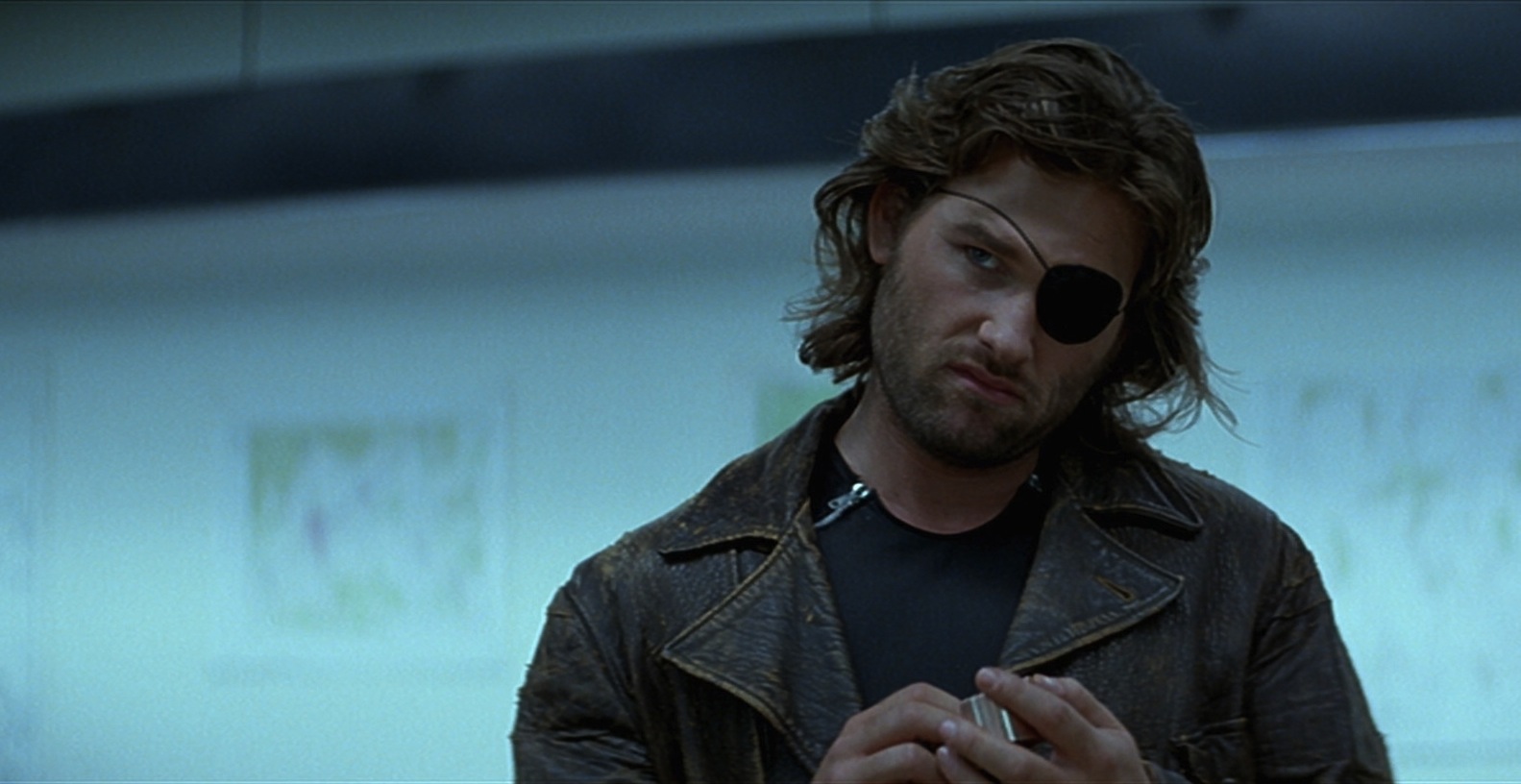
John Carpenter has revolutionized several genres – with “Escape from New York” he designed something like a ‘sci-fi noir’ that plays in a not-so-distant but hopeless future in New York. Manhattan has become a no-go-area packed with crime and anarchy, but the president of the still existing government is held hostage there by the outlaws.
The government forces Snake Plissken (Kurt Russell) to “get in” and rescue the president… and reluctantly, he agrees.
“Escape from New York” can be called innovative and prophetic at once. On the one hand the cool, even cold style, and the minimalist electronic soundtrack (written by Carpenter himself) would be seen in many 80’s films to follow. The dystopian view on a society that has lost morality, values and leaders and is based on pure egoistic motives is, at the same time, a portrait and criticism of the zeitgeist of the years between 1980 and 1990.
Considering all of that, “Escape from New York” can be called the “ultimate 80s gem.” If you want to understand something about the cinema of this decade, or solely about American social and political conflicts of that time, you have to see it. As well as the 14 movies mentioned before.
Author Bio: Christian Klosz is a film journalist and ist from Vienna, Austria. His focus is American cinema, especially of the 1970s and 80s, “New Hollywood”, and “author´s film”. He is also the publisher of the online film magazine “Film plus Kritik”. His cinematic heros include directors like Martin Scorsese, David Cronenberg, Alan Parker, Brian De Palma, Clint Eastwood, Michael Cimino and many more.